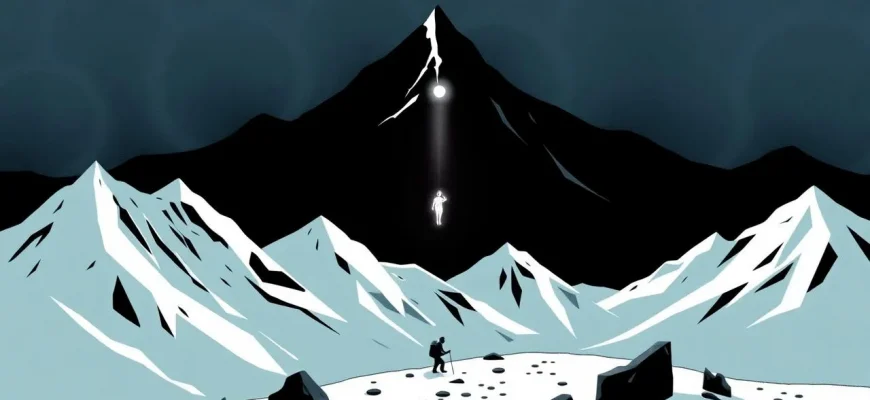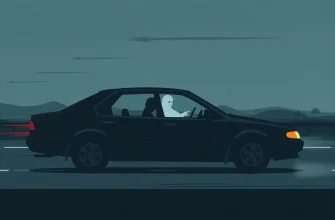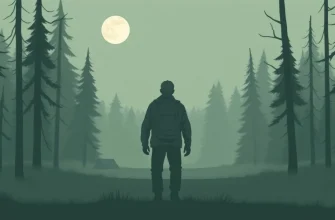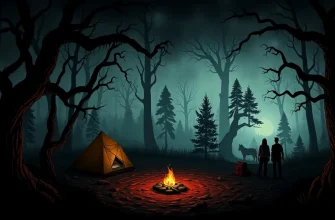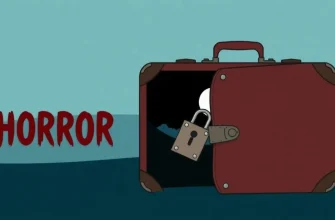For those who love the thrill of horror combined with the perilous beauty of mountain climbing, this collection is a must-watch. These films not only deliver spine-chilling scares but also capture the intense atmosphere of being high above the world, where the stakes are life and death. Whether it's supernatural forces or the harshness of nature, these movies will keep you on the edge of your seat.
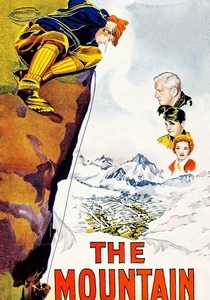
The Mountain (1956)
Description: While not strictly a horror film, this movie features a harrowing tale of survival and betrayal on a treacherous mountain. The psychological horror of human nature at its worst adds a chilling layer to the already perilous climb.
Fact: Spencer Tracy and Robert Wagner star in this film, which was shot on location in the French Alps, adding authenticity to the climbing scenes.
 Watch Now
Watch Now 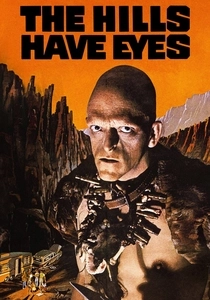
The Hills Have Eyes (1977)
Description: This horror classic involves a family stranded in the desert, but the theme of isolation and the terror of being hunted in a remote location mirrors the fear of being lost on a mountain.
Fact: Wes Craven, the director, was inspired by the legend of Sawney Bean, a Scottish cannibal, for this film.
 Watch Now
Watch Now 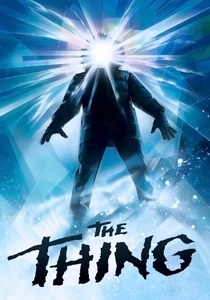
The Thing (1982)
Description: Set in Antarctica, this film captures the isolation and paranoia of a group of researchers facing an alien threat. The icy setting and the theme of being cut off from civilization resonate with the mountaineering horror theme.
Fact: John Carpenter's film was a remake of the 1951 film "The Thing from Another World," and it has since become a cult classic.
 Watch Now
Watch Now 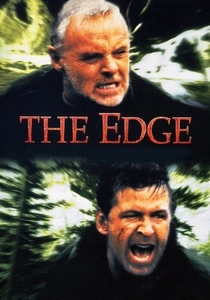
The Edge (1997)
Description: Starring Anthony Hopkins and Alec Baldwin, this film explores survival in the Alaskan wilderness after a plane crash. The psychological tension and the battle against nature make it a fitting addition to this list.
Fact: The film was shot in Alberta, Canada, with real bears used for some scenes to add authenticity.
 Watch Now
Watch Now 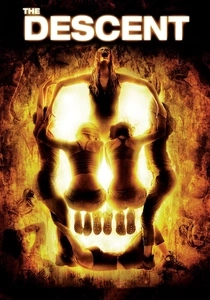
The Descent (2005)
Description: Although primarily set in caves, the film's claustrophobic horror and the theme of being trapped in an unforgiving environment echo the dangers of mountaineering. The film's creatures and the psychological breakdown of the characters make it a standout in horror cinema.
Fact: The film was shot in a real cave system in the UK, and the director, Neil Marshall, used real-life spelunkers as extras to enhance the realism.
 Watch Now
Watch Now 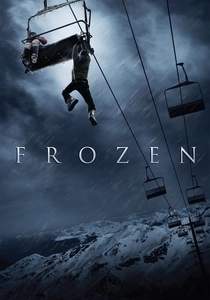
Frozen (2010)
Description: This film tells the story of three skiers who become stranded on a chairlift, facing the elements and their own fears. The isolation and the fight for survival against the cold are key elements that align with the theme of this collection.
Fact: The film was inspired by a real-life incident where a skier was stranded on a chairlift for 15 hours.
 Watch Now
Watch Now 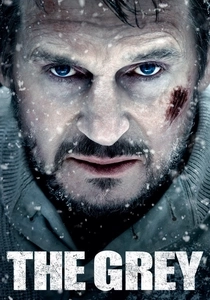
The Grey (2011)
Description: While not about mountaineering per se, this film captures the essence of survival in extreme conditions. Liam Neeson's character leads a group of survivors after a plane crash in the Alaskan wilderness, facing both nature and wolves.
Fact: The film was shot in Smithers, British Columbia, to replicate the harsh Alaskan environment.
 Watch Now
Watch Now 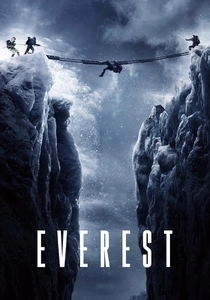
Everest (2015)
Description: While not a traditional horror film, the real-life horror of the 1996 Mount Everest disaster provides a chilling narrative of survival against the odds. The film's depiction of the mountain's unforgiving nature is a horror in itself.
Fact: The film was shot on location at Everest Base Camp and features real climbers and Sherpas.
 Watch Now
Watch Now 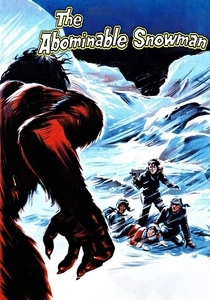
The Abominable Snowman (1957)
Description: This classic horror film follows a group of mountaineers who set out to find the legendary Yeti in the Himalayas, only to encounter more than they bargained for. The film's eerie atmosphere and the tension of the unknown make it a perfect fit for this list.
Fact: The film was directed by Val Guest, who also co-wrote the screenplay with Nigel Kneale, known for his work on the Quatermass series.
 30 Days Free
30 Days Free 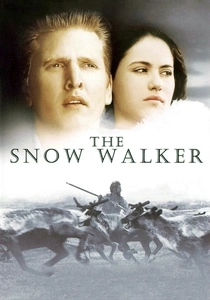
The Snow Walker (2003)
Description: This film, while more of a survival drama, includes elements of horror through the harshness of the Arctic environment. A pilot and an Inuit woman must survive after a crash, facing the elements and their own prejudices.
Fact: The film is based on a short story by Farley Mowat, and the Inuit language spoken in the film is authentic, adding to the film's realism.
 30 Days Free
30 Days Free 
